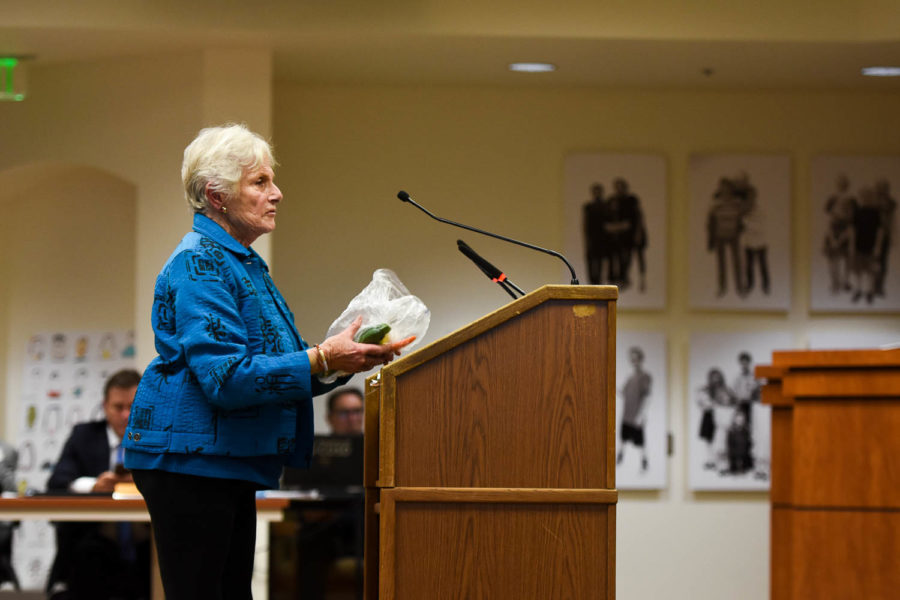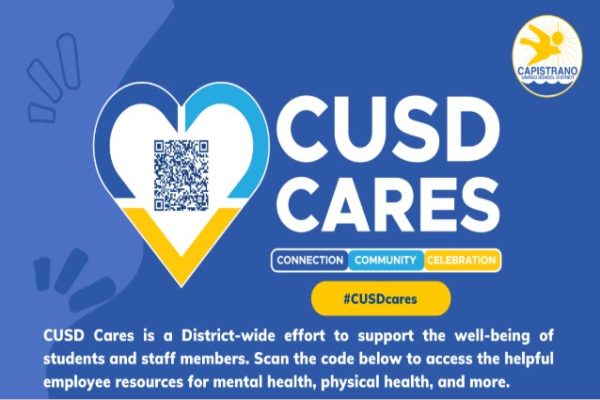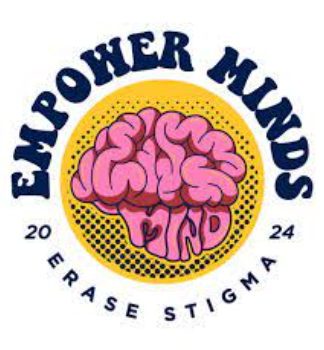Middle School Health Curriculum Will Now Comply With CHYA
The CUSD Board voted 6-1 to approve the new California Healthy Youth Act Comprehensive Sexual Education curriculum for middle schools. One speaker, who opposed the move, felt so strongly that she purchased a carrot, cucumber, and banana to give examples of what children will use to sexually experiment if the new curriculum was adopted.
The CUSD Board of Trustees approved 12 new middle school health curriculum lessons by a 6-1 vote on February 27, with the addition of a section on the dangers of pornography. The only dissenting vote came from Area 2 Trustee Jim Reardon.
On February 27, CUSD held a board meeting, and on the agenda was a proposal for the approval of several lessons related to the California Healthy Youth Act (CHYA) to be incorporated into middle school health curriculum.
Normally, individual lesson plans are not brought to the board, but because of the controversy and attention these lessons received, it was thought best to have the trustees’ approval before moving forward.
While creating these lesson plans, a task force made up of teachers, parents, staff, and other community members was formed in order to be able to thoroughly create age appropriate, inclusive health education lessons. The task force met seven times to review the lessons that were being proposed that night.
“I personally feel that the topics being addressed in this instruction and the activities that have been developed to help students acquire the knowledge and skills that are wrapped into these topics are essential in helping students develop healthy attitudes about sexuality and relationships,” said Assistant Superintendent Joshua Hill.
Although these are controversial issues, because of CHYA, implementing new lessons would simply be complying with the law. All the materials being proposed had been reviewed by the Adolescent Sexual Health Work Group, who identified the lessons as compliant.
If a topic was heavily debated amongst the task force and was ultimately unable to be resolved, CUSD staff sought input from organizations that were identified as “medically accurate” in CA Ed Code § 51931(f).
The option to opt a child out of the lessons is also required. A letter informing parents of their right to opt out of the curriculum will be mailed home in the spring, with a form that parents can complete in order to opt out their child from the instruction.
Parents will also be able to review lessons at meetings that will be held at the middle school prior to the lessons. This way they can decide for themselves if opting out is the route they would like to take.
Two big topics that were criticized by the community during the public hearing were abstinence and pornography.
The reason why abstinence was such a large issue is because some community members thought the new lessons didn’t advocate for abstinence enough (or at all).
It is required by law to teach a curriculum that is NOT abstinence based.
“Instruction shall provide information about the value of delaying sexual activity while also providing medically accurate information on other methods of preventing HIV and other sexually transmitted infections and pregnancy.” (EC§51934(a)(3).
Abstinence is discussed in the curriculum, but a lot of parents claimed it should be a large part of the curriculum and should be the only form of birth control to be encouraged by teachers. Although, if that would be the case, it would not comply with the California law.
Something else that was brought into light by the community was the idea of pornography addiction.
According to Tech Addiction, the average age a person first sees porn is 11 years old. This was a point addressed in the public hearing, because the children receiving these lessons are about 11-14 years old.
“In middle school you should warn about the dangers of pornography… it’s a terrible issue at the high school…[by teaching the dangers] you could convince a few kids that they don’t have to turn to that. I believe that if you teach this the right way… then you can save a lot of kids from going through that pain and suffering,” said SCHS senior, Ty Fotheringham, at the board meeting.
After such points were made, the Trustees agreed it was smart to add a new section about the dangers of pornography. Those changes will be made and available to parents to review by April 2019.
Throughout the meeting, there were questions regarding why all students have to learn LGBTQ+ inclusive lessons when it only applies to a minority of students.
“Why are the safe school topics primarily talking about the LGBTQ+ community? Wouldn’t an unbiased curriculum give equal time to protect students with all different types of values and lifestyles?” asked Vista Del Mar 6th grader, Davis Blake at the meeting.
CHYA requires that lessons, “recognize that people have different sexual orientations and, when discussing or providing examples of relationships and couples, must be inclusive of same-sex relationships,” (EC § 51933(d)(5).
“Knowing that we exist is going to turn people into capable, empathetic adults,” said SJHHS English teacher and LGBTQ+ advocate Danielle Serio.
CHYA has been very controversial since the curriculum started forming. There are many parents that are worried as to how comprehensive sex education will affect their children’s well being.
But, there are many students, as well as parents, that advocate for the new curriculum.
“Knowing more is better than not knowing anything at all. To be in the dark in certain situations, especially about sex education, is a lot more dangerous than to know, or be educated about it, and I think the new program really helps with that,” said SJHHS junior, Lucy Hodge.
CHYA was passed in 2016, and it has taken the district 3 years to create a compliant curriculum, after multiple delays. At the end of the chaotic board meeting, board members voted to approve the middle school lessons.
CUSD staff is currently working on forming new materials and identify resources that will help shape the new high school lessons.
Your donation will support the student journalists of San Juan Hills High School. Your contribution will allow us to cover our annual website hosting costs.

Lucy is a senior at SJHHS and is excited to be returning for her third year for The Express as Co Editor-in-Chief. When she’s not writing, you can find...










